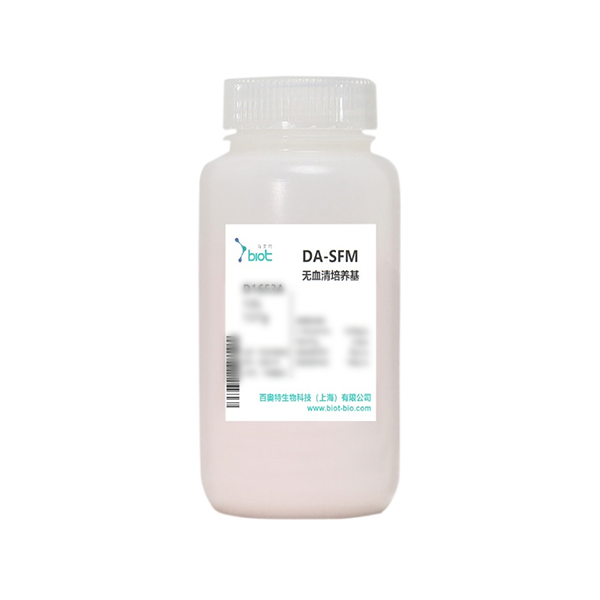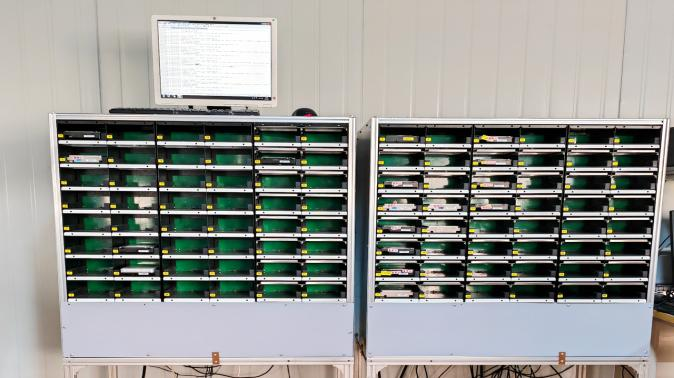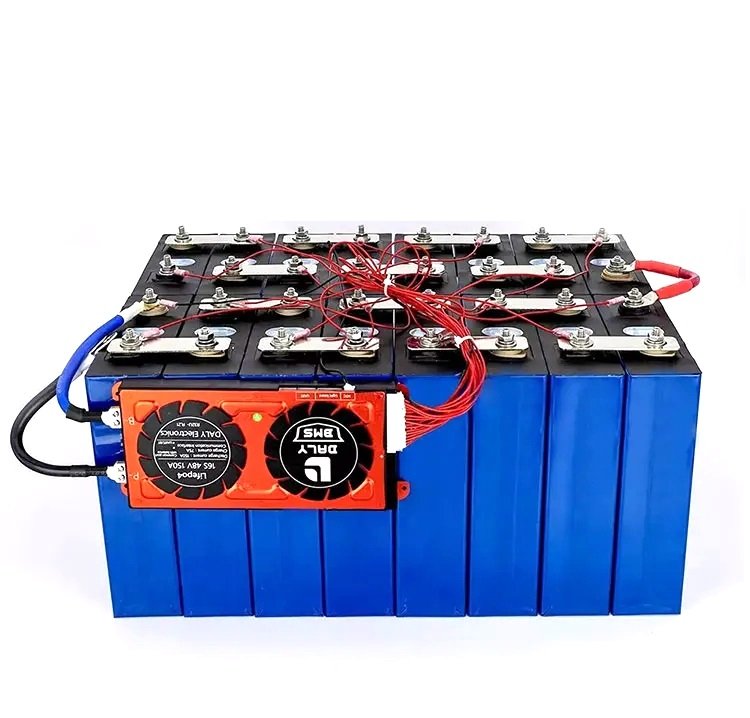In modern industrial applications, hydraulic hoses play an indispensable role as an important medium for transmitting liquids and gases. Whether in engineering machinery, agricultural equipment, or in petrochemical, aerospace, and other fields, hydraulic hoses have the key task of ensuring the normal operation of the system. Among them, the working pressure range that hydraulic hoses can withstand is an important parameter that determines their applicability and safety. This article will discuss in detail the working pressure range of hydraulic hoses from multiple dimensions such as the structure, material, and type of hydraulic hoses, as well as the relevant factors that should be paid attention to when selecting them.
Let's take a look at the basic structure of hydraulic hoses. Hydraulic hoses usually consist of three parts: an inner layer, a reinforcement layer, and an outer layer. The inner layer is in direct contact with the transmitted fluid and is usually made of corrosion-resistant rubber or plastic materials, such as nitrile rubber (NBR), polyurethane (PU), etc. The reinforcement layer gives the hose sufficient strength and flexibility and is generally woven from steel wire, synthetic fiber, or cotton thread. The outer layer protects the reinforcement layer from the external environment and is often made of wear-resistant and anti-aging materials such as chloroprene rubber (CR) and polyvinyl chloride (PVC). This multi-layer composite structure gives the hydraulic hose good mechanical properties and chemical stability, providing a basis for it to withstand a certain working pressure.

The working pressure range of the hydraulic hose is usually significantly affected by its material and manufacturing process. Hydraulic hoses of different materials have very different pressure resistance. For example, a hose reinforced by high-strength steel wire braiding has a much higher pressure resistance than a hose reinforced by synthetic fiber or cotton thread. Specifically, the working pressure of a steel wire-reinforced hydraulic hose can reach tens or even hundreds of megapascals (MPa), while the pressure range of a fiber-reinforced hose is usually between several and more than ten MPa. In addition, the size of the hose's inner diameter will also affect its working pressure. Generally speaking, the smaller the inner diameter of the hose, the higher the maximum working pressure it can withstand.
Furthermore, the type of hydraulic hose also determines its working pressure range. Common types of hydraulic hoses on the market include standard, high-pressure, and ultra-high-pressure types. Standard hydraulic hoses are mostly used in low-pressure or medium-pressure systems, such as the hydraulic systems of some small mechanical equipment, and their working pressure is generally between 1.6 and 10 MPa. High-pressure hoses are suitable for medium high-pressure systems, such as construction machinery and agricultural machinery, and their working pressure range is 10 to 32 MPa. Ultra-high-pressure hoses are designed for extremely demanding occasions, such as petrochemicals, subsea operations, etc., and their working pressure can be as high as 32 to 80 MPa, or even higher.
When choosing hydraulic hoses, in addition to considering their working pressure range, you should also pay attention to the following points:
Compatibility: The material of the selected hose must be compatible with the transmitted fluid to prevent chemical reactions or corrosion.
Temperature range: The hose should be able to maintain stable performance within the temperature range of the system.
Bending radius: According to the installation environment and equipment layout, select a hose with a suitable bending radius to avoid damage caused by excessive bending.
Certification and standards: Select hoses that meet relevant industry standards and certification requirements to ensure safety and reliability.
Connection method: According to the system design, select suitable joints and connection methods, such as flange connection, threaded connection, etc.
Manufacturer reputation: Choose well-known brands and manufacturers with good after-sales service to ensure product quality and technical support.
The working pressure range of the hydraulic hose is an important part of its performance, which directly affects the safety and reliability of the system. By understanding the construction, material, and type of hoses, and considering a variety of factors when selecting, you can ensure that the right hydraulic hose is selected for a specific application. In increasingly complex industrial applications, the correct selection and use of hydraulic hoses is essential to ensure the efficient and stable operation of the system. Therefore, when selecting hydraulic hoses, users should fully understand their working pressure range and make reasonable decisions based on actual application scenarios to avoid safety hazards or economic losses caused by improper selection. At the same time, regular maintenance and inspection are also important measures to ensure hose performance and extend service life. Through scientific and reasonable selection and use, hydraulic hoses will play a key role in various industrial systems and help the sustainable development of modern industry.
As a hydraulic hose corporation, we are committed to providing high-quality products and excellent services to meet the needs of our customers. We have advanced production equipment and technical teams, capable of producing various specifications and types of hydraulic hoses, including high-pressure hoses, low-pressure hoses, high-temperature hoses, etc. Our products are strictly quality-controlled to ensure their durability and reliability.
www.tianyiindustry.com
Zaozhuang Tianyi Industry Co., Ltd.,



